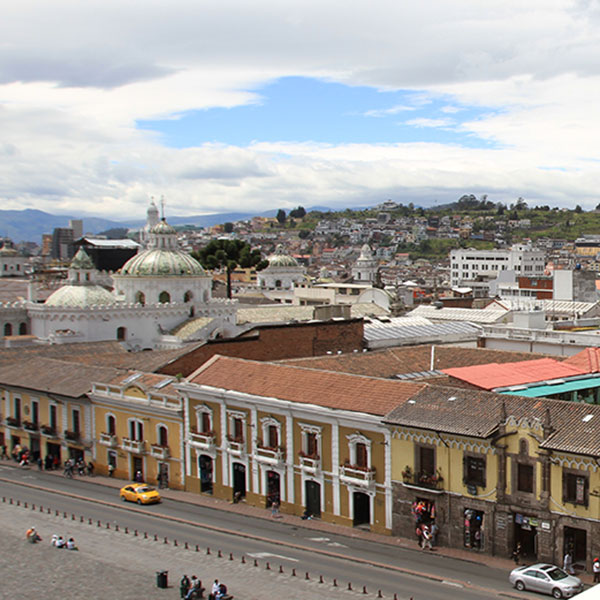Quito’s earthquake may point the existence of a new tectonic fault

The earthquake that occured on august the 8th 2016 in Quito had a magnitude of 4.7Mw with an epicenter on Puembo. This área isn’t registered on the active faults map, there’s no visible previously known faults in the area that could be responsible for the seismic activity but this event is related to what is known as Quito Fault System, which is directly related to Quito’s Fault.
To Brian Horton, tectonic faults and Andean formation specialist and Yachay Tech’s invited professor, there is a great possibility that there’s a fault in the earthquake’s area. As Quito’s Fault, this could be a blind fault which is a geological fault with no surface exposure. It is not certain yet if yesterday’s earthquake movement was towards east or west. Therefore, this can mean two things: that this new fault is somehow or not at all related to Quito’s Fault. This is the reason why yesterday’s event is a very interesting analysis object given the fact that it may or may not be associated with Quito’s Fault.
The seismic focal mechanism, referring to the earthquake originated waves conjunction measured by a seismographer, clearly shows a thrust motion on a north-south striking, moderately dipping fault. Generally, depth has to be updated, but if the 7km depth is accepted, it would be a possible explanation on why people in Quito felt the earthquake with such strength.
This event is definitely not related to april 16th’s earthquake, given the fact that the fault system is completely different. Besides, to Horton, this earthquake is associated with Compression. Compression is one of the forces involved on rock bodies deformation is a crashing-two-plaques-force. In this case, the event can be associated with overall east-west compression, which is responsible for most of the genesis of the topography of the Andes.
————————
Brian Horton
Is an appointment professor on the Department of Geological Sciences and researcher on the Institute for Geography of University of Texas. He has worked on research regarding mountain formations and sedimentary basin development. He currently works on a research project regarding the formation of the Andes, in collaboration with EPN and Yachay Tech and founded by National Geographic. He has won the Faculty Research Assignment (sabbatical research fellowship) and the Outstanding Research Award on University of Texas and the Humboldt Research Fellowship on Alexander Von Humboldt Foundation.